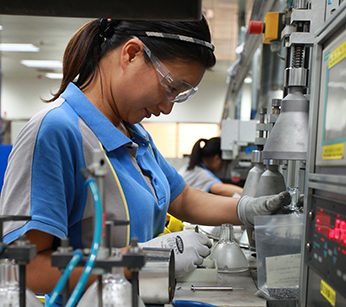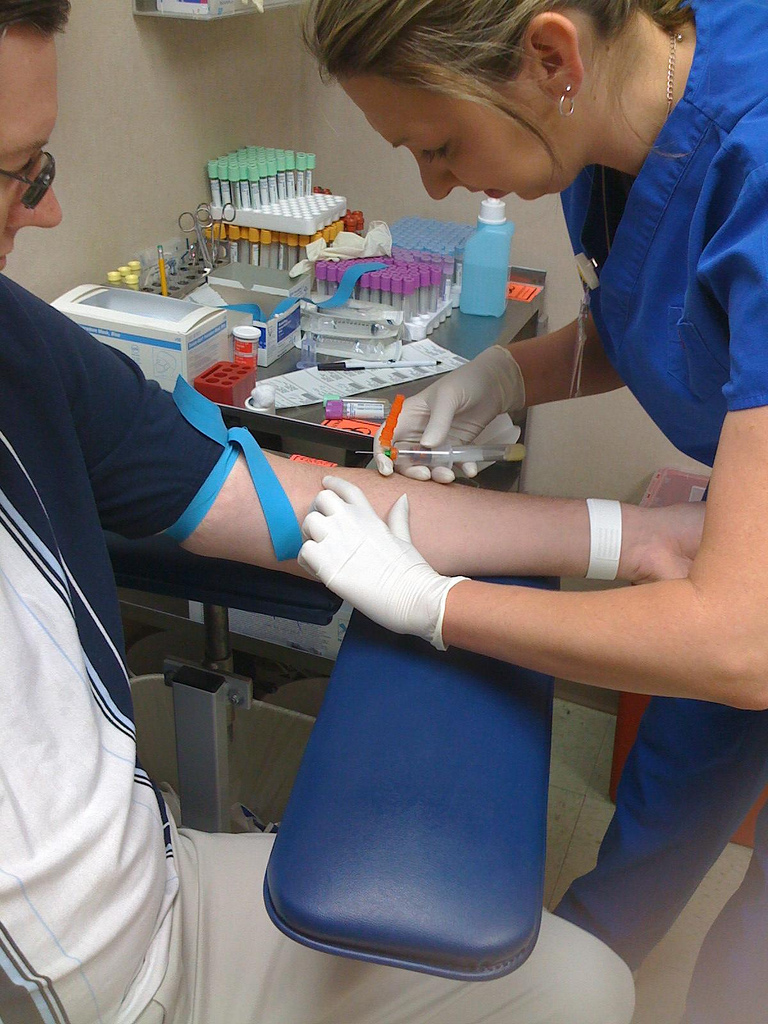Phlebotomy, derived from the Greek words “phlebo” meaning vein and “tomy” meaning to make an incision, is the medical practice of drawing blood from patients for various diagnostic, therapeutic, or research purposes. This vital healthcare procedure requires skilled professionals known as phlebotomists who are trained to safely collect blood samples while ensuring patient comfort and safety.
The Importance of Phlebotomy
Enhancing Diagnostic Accuracy
Precise blood samples are required to diagnose a wide range of medical issues. Phlebotomy plays a pivotal role in ensuring that healthcare providers have access to high-quality blood samples for conducting laboratory tests. These tests aid in identifying illnesses, monitoring treatment effectiveness, and assessing overall health status.

Phlebotomy: Supporting Patient Care
Phlebotomists are integral members of the healthcare team who interact directly with patients. Beyond just drawing blood, they also provide reassurance and support to individuals who may be anxious or apprehensive about the procedure. By maintaining a compassionate and empathetic approach, phlebotomists help create a positive patient experience, contributing to overall satisfaction with healthcare services.
The Phlebotomy Process
Preparation and Patient Interaction
Before commencing the blood draw, phlebotomists must ensure proper patient identification and obtain informed consent. They explain the procedure to the patient, addressing any concerns or questions to alleviate anxiety. Additionally, they assess the patient’s veins to determine the most suitable site for blood collection.
Phlebotomy: Blood Collection Techniques
Phlebotomy encompasses various techniques for blood collection, including venepuncture and capillary puncture. Venepuncture involves inserting a needle into a vein, typically in the arm, to draw blood, while capillary puncture involves pricking the fingertip or heel to obtain a small blood sample. Phlebotomists must adhere to strict protocols to minimise the risk of contamination or injury during these procedures.
Processing and Handling
After collecting blood samples, phlebotomists label and transport them to the laboratory for analysis. They must accurately record relevant information, such as the time of collection and any special handling instructions, to ensure reliable test results. Additionally, phlebotomists may be responsible for maintaining inventory and ensuring the proper disposal of used needles and other hazardous materials.
In conclusion, phlebotomy stands as a crucial pillar in modern healthcare, facilitating precise diagnosis and treatment across various medical conditions. Through proficient execution of blood collection procedures and empathetic patient care, phlebotomists significantly contribute to the delivery of superior healthcare services. If you are looking to embark on a journey into the world of phlebotomy, consider registering with Floreo Associates for comprehensive Phlebotomy training and expertise in this essential medical field.

